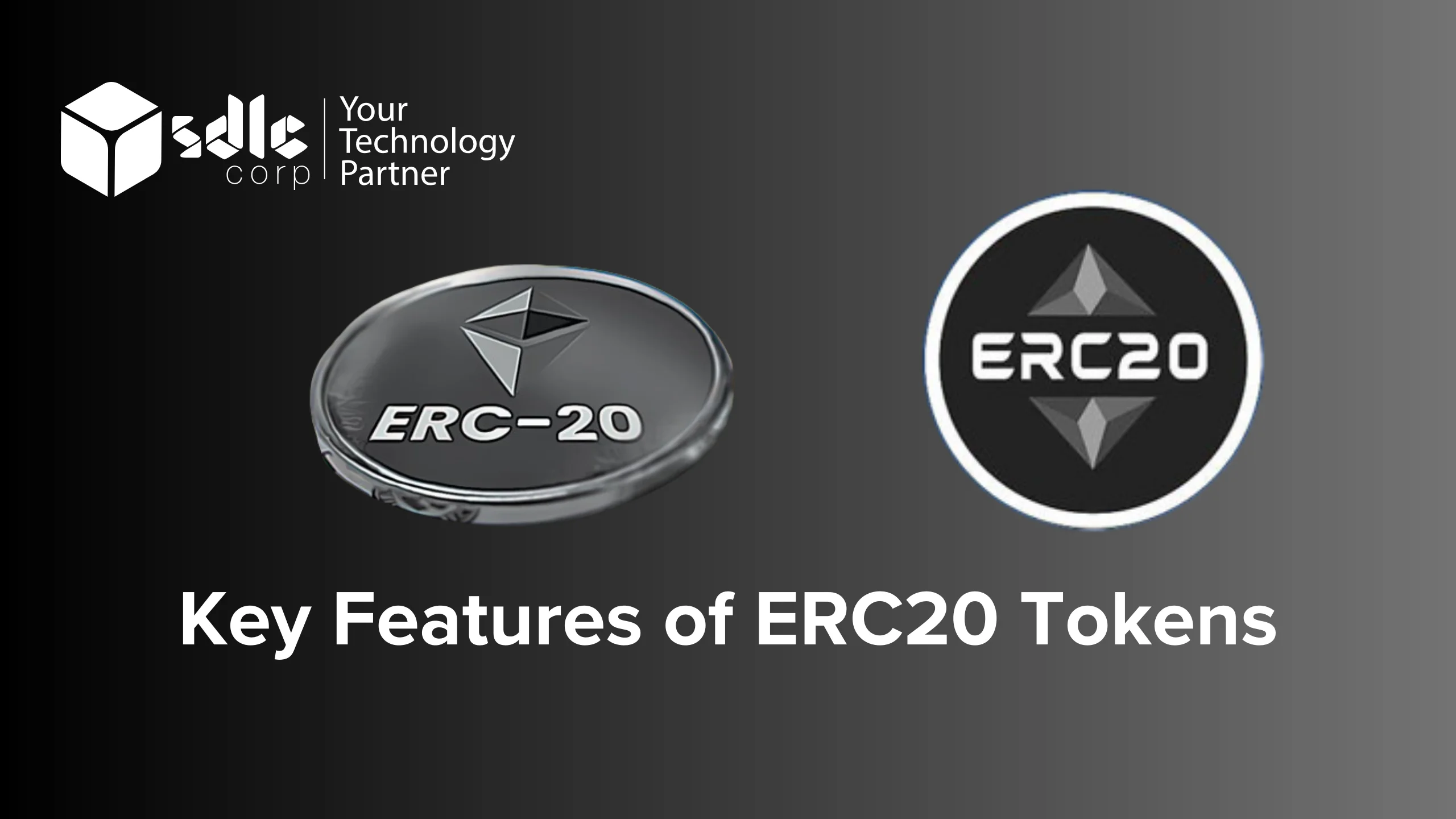The ERC-20 token standard is the backbone of the Ethereum blockchain, powering thousands of cryptocurrencies and decentralized applications (DApps). If you’re looking to understand what makes ERC-20 tokens efficient, interoperable, and widely adopted, this guide will break down its key features in an easy-to-read format.
What is an ERC-20 Token?
An ERC-20 token is a fungible digital asset built on the Ethereum blockchain. It follows a set of standardized rules that ensure seamless interaction with wallets, exchanges, and smart contracts. ERC-20 tokens are widely used for DeFi (Decentralized Finance), ICOs (Initial Coin Offerings), and gaming applications.
Key Features of ERC-20 Token
1. Fungibility
ERC-20 tokens are fungible, meaning each token holds the same value as another of the same type. This allows them to be easily traded, exchanged, and utilized across different platforms.
🔹 Example: 1 USDT (Tether) is always equal in value to another 1 USDT.
2. Interoperability
ERC-20 tokens follow a universal standard, making them compatible with Ethereum-based wallets, DApps, and decentralized exchanges (DEXs) without modification.
🔹 Example: You can store ERC-20 tokens in wallets like MetaMask, Trust Wallet, and Ledger without any additional setup.
3. Smart Contract Integration
ERC-20 tokens operate via Ethereum smart contracts, which automate transactions, governance, and token distribution without intermediaries.
🔹 Example: DeFi platforms like Uniswap and Aave use ERC-20 tokens to facilitate lending, staking, and trading.
4. Secure and Transparent
All ERC-20 transactions are recorded on the Ethereum blockchain, ensuring complete transparency and security. Users can verify transactions on Etherscan in real-time.
🔹 Example: If you send an ERC-20 token, you can track its status using the transaction hash on Etherscan.
5. Efficient Token Transactions
ERC-20 tokens enable fast and cost-effective transactions using Ethereum’s robust blockchain network. Gas fees apply for transactions, but Layer-2 solutions like Polygon help reduce costs.
🔹 Example: A user can transfer DAI (a stablecoin) globally within seconds using Ethereum.
6. Customizable Token Functions
ERC-20 tokens include customizable functions such as minting, burning, and pausing transactions. These allow developers to create unique token use cases.
🔹 Example: A company can mint new tokens for an airdrop or burn tokens to reduce supply and increase scarcity.
7. Standardized API Functions
ERC-20 tokens follow a set of standard functions that enable seamless integration with blockchain services and applications:
totalSupply()– Returns the total number of tokens in circulation.balanceOf(address)– Shows the balance of a specific wallet.transfer(address, amount)– Transfers tokens between wallets.approve(address, amount)– Authorizes another address to spend tokens.transferFrom(address, address, amount)– Moves tokens after approval.
🔹 Example: DeFi applications use these functions to facilitate token swaps and staking.
Why Are ERC-20 Tokens So Popular?
✅ Adopted by Most Crypto Projects – Used in ICOs, token sales, and DeFi apps.
✅ Ethereum’s Security & Network Effect – Supported by a large developer community.
✅ Compatible with Ethereum Ecosystem – Works seamlessly with DEXs, wallets, and Layer-2 solutions.
Final Thoughts
The ERC-20 token standard has revolutionized blockchain-based digital assets by offering fungibility, interoperability, and smart contract functionality. Whether you are a developer, investor, or crypto enthusiast, understanding these key features can help you navigate the growing Ethereum ecosystem.
🚀 Want to create your own ERC-20 token? Explore expert blockchain development services to build a secure and scalable token today!















